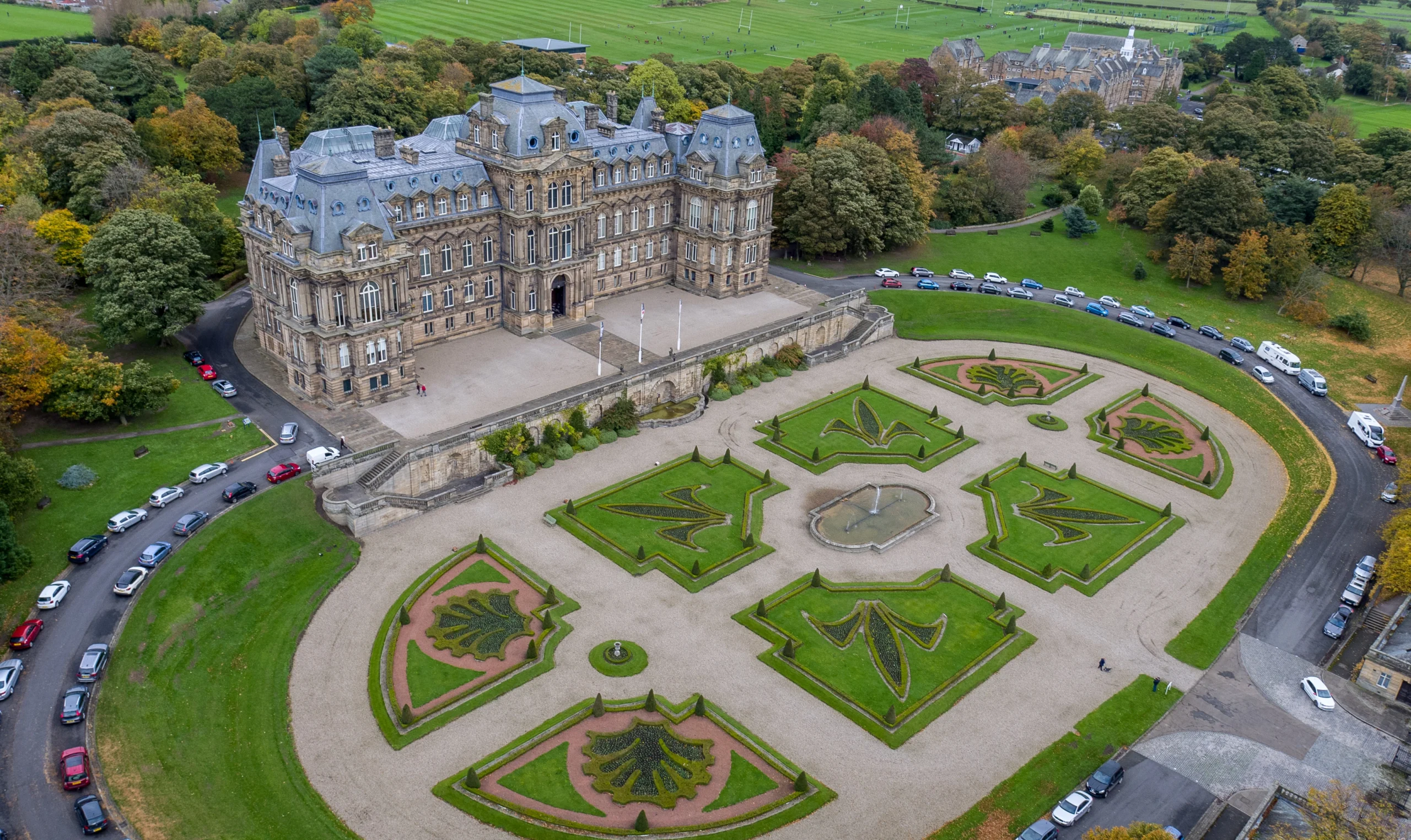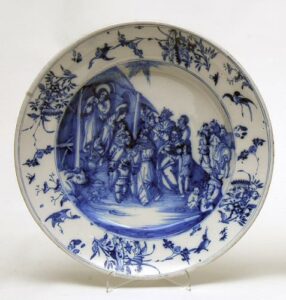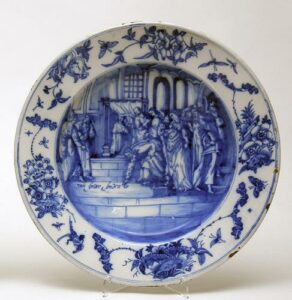
In northern England located in the town of Barnard Castle in County Durham the Bowes Museum is to be found. This museum built by Jules Pellechet and John Edward Watson was intended to house the art collection of John Bowes and his wife Joséphine Benoîte Coffin-Chevallier. John and Joséphine both came from wealthy families and had royal blood. Joséphine was the Countess of Montalbo, the Republic of San Marino. The museum opened its door in 1892 after the passing of the couple.
The Bowes Museum is a richly modelled building with large windows and mansard roofs, which was typical for the French Second Empire. Around the museum there are beautiful landscaped gardens with a French feel. Sir Nicholas Pevsner, a German-British art historian considered the building “… big, bold and incongruous, looking exactly like the town hall of a major provincial town in France. In scale it is just as gloriously inappropriate for the town to which it belongs (and to which it gives some international fame) as in style”.
The couple left many beautiful art pieces after their death with approximately 15.000 pieces of European fine and decorative arts. Beautiful paintings can be found of the hand of Anthony van Dyck, Fransisco Goya and more great artists.
Not to be forgotten the museum contains Delftware. The museum houses two plates by Willem Jansz. Verstraeten made in circan1675. Although it is impossible to identify the work of the 45 potters in Haarlem and to attribute objects to one potter, there is one exception: the wares of Willem Jansz. Verstraeten, who is considered the most important potter in the city of Haarlem during the second quarter of the seventeenth century. He started his career by making Majolica. Later on he introduced important technical innovations, which marked the end of the majolica production. From around 1640 his factory created earthenware, which had a layer of white tin-glaze on the reverse. Together with other innovations (such as the blue and white color pattern), the workshop of Verstraeten was able to compete with the so sought after Chinese porcelain.
In 1642 Verstraeten suffered a stroke and he decided to turn his pottery over to his son Gerrit. Against all odds Willem made a good recovery and set up a new factory in the same year. Father and son both signed a contract in which the production of earthenware was divided between them. The contract was based on the decoration or the material of the earthenware. Some think that father and son agreed that Gerrit would make the new faience inspired on the blue and white Chinese porcelain and the father would focus on the production of old-fashioned majolica. They state that the contract has been based – almost certainly – on the material and not on the decoration, since there was no need to produce earthenware with Chinese decoration before the year 1647 in which imports of Chinese porcelain came to a halt. Hollandts Porceleyn (Dutch porcelain – as the earthenware mistakenly was called) was in fact in the first 25 years faience with a non-Chinese decoration.
Willem Verstraeten tried several times to get out of the contract with his son, he also wanted to make Hollandts porceleyn. What started with a few skirmishes, ended in a whole series of controversial legal cases, involving numerous witness statements by colleagues. The cases were centered around the question what Hollandts porceleyn was exactly. While Willem focussed on the decoration, his son was aiming at the material. According to Willem faience referred to white goods with a small amount of decoration, porcelain on the other hand was faience with full decoration. In contrast to this, Gerrit stated that all better made flatware was called Hollandts porceleyn, irrespective of the decoration. Willem got the top of the Delft ‘Dutch porcelain makers’ to testify in favour of his point of view. Despite the existence of the archives of these court cases, it is still rather difficult to find out if the contract father and son signed was based on the material or on the decoration.
 Finally in the autumn of 1650, the ruling of the Court of Holland handed down to the effect that Willem could produce wares with new inventions but not in the manner of porcelain. The last judgment, that of the High Court, is not known; possibly a settlement was reached in the end. This outcome had as result that Willem Verstraeten continued making faience, but at first without the Chinese full decoration, since he had stated in several court cases that the Chinese decoration was the main characteristic of Hollandts porceleyn. Instead of the Chinese decoration he focussed on a more Italian style pattern.
Finally in the autumn of 1650, the ruling of the Court of Holland handed down to the effect that Willem could produce wares with new inventions but not in the manner of porcelain. The last judgment, that of the High Court, is not known; possibly a settlement was reached in the end. This outcome had as result that Willem Verstraeten continued making faience, but at first without the Chinese full decoration, since he had stated in several court cases that the Chinese decoration was the main characteristic of Hollandts porceleyn. Instead of the Chinese decoration he focussed on a more Italian style pattern.



